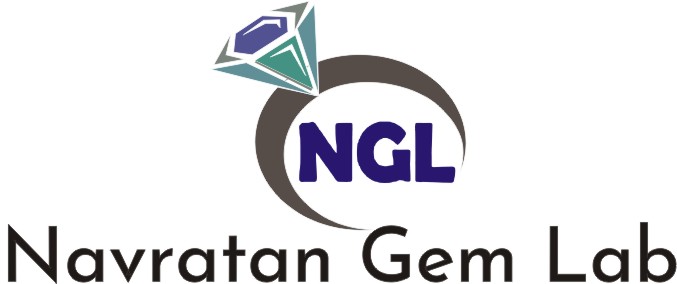Emerald
Emerald the green variety of Beryl, is the most popular green gemstone and is one of the most valuable gems. Beryl is a single mineral with many varieties that are distinguished by their color. Few other minerals have so many known varieties specifically identified by their color. Many of the Beryl varieties are very important gemstones. In fact, all the transparent varieties of Beryl have been used as gemstones, although Emerald and Aquamarine are by far the most important and well-known varieties. All Beryl varieties are faceted into various gem cuts, especially Emerald and Aquamarine, which are one of the most popular jewelry gemstones.
| Chemical Formula | Be3Al2Si6O18 |
| Color | White, Colorless, Blue, Red, Green, Yellow, Orange, Brown, Pink, Purple |
| Hardness | 7.5 - 8.0 |
| Crystal System | Hexagonal |
| Refractive Index | 1.57 - 1.58 |
| SG | 2.6 - 2.8 |
| Transparency | Transparent to opaque |
| Double Refraction | .006 |
| Luster | Vitreous |
| Cleavage | 3,1 - basal |
| Mineral Class | Beryl |
Pure Beryl is colorless; traces of different impurities are responsible for the color diversity and varieties. The list below describes each color variety, and most have a link for more specific gemstone information for that variety:
- Emerald, the green variety, is the most popular green gemstone and is one of the most valuable gems.
- Aquamarine, the blue to blue-green variety, is the most popular light-blue gemstone.
- Morganite, the pink to light-purple variety, named after the banker J.P. Morgan.
- Heliodor is yellow to greenish-yellow variety. It can also include light green, orange, and brown Beryl.
- Golden Beryl has a golden yellow to orange-yellow color. The terms Heliodor and Golden Beryl are often interchangeable.
- Goshenite is the white to colorless variety of Beryl.
- Red Beryl, also known as Bixbite, is a rare, deep red variety found only two localities in Utah.
- Pezzottaite, also known as Raspberry Beryl, is a newly identified gemstone that was originally thought to be Beryl but has been scientifically distinguished as a separate mineral species. It occurs in a raspberry-red color, and its physical properties are almost identical to Beryl
Sources:
South America (Columbia; Brazil), Africa (Zambia, Nigeria,Zimbabwe, Tanzania, Transvaal, Mozambique, Madagascar), Pakistan (Swat), Afghanistan (Pancher), India (Rajasthan, Orissa),
Russia, Austria, Australia.
Similar Gemstones:
Gemstones resembling Emerald are Fluorite, Apatite, Dioptase, Aventurine Quartz, Glass.
